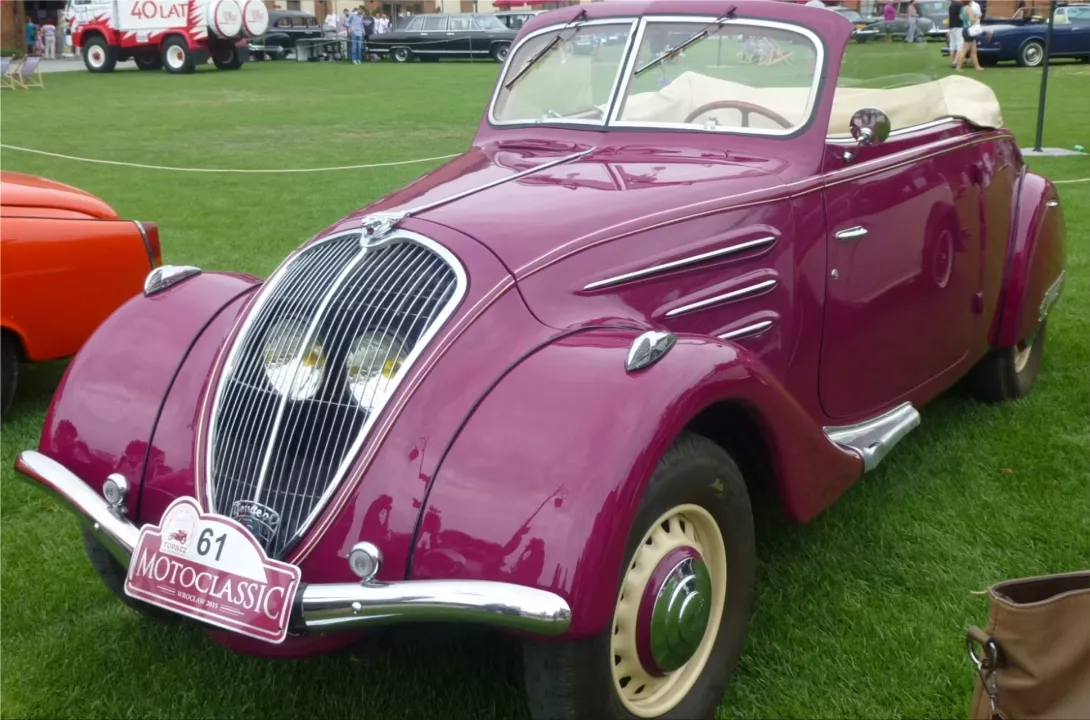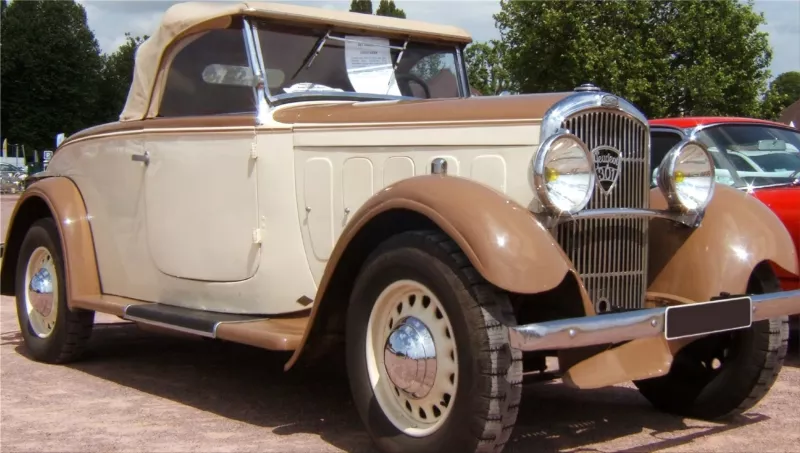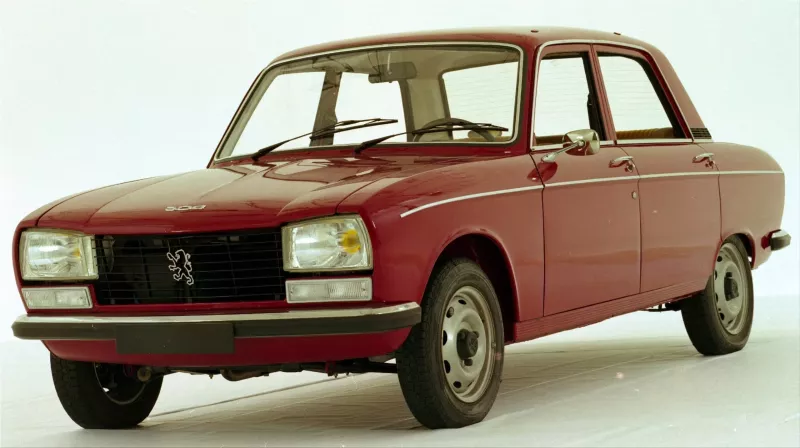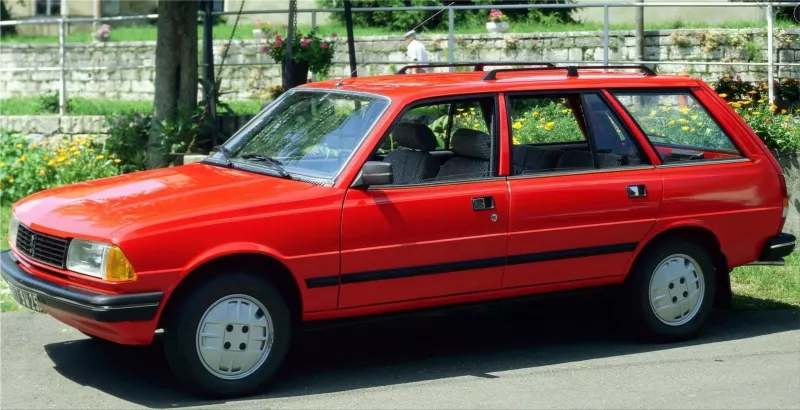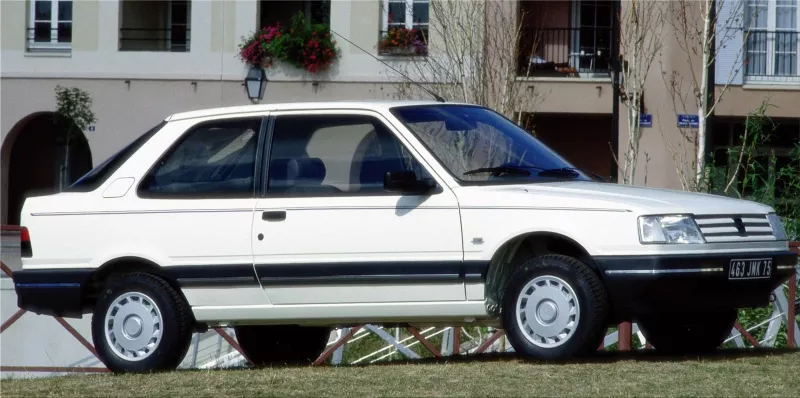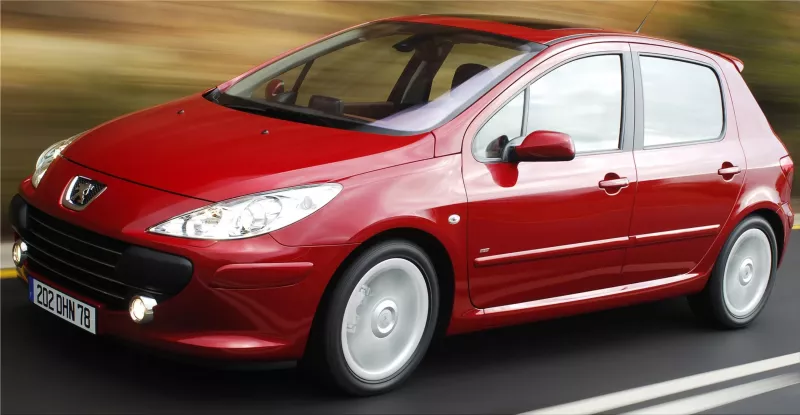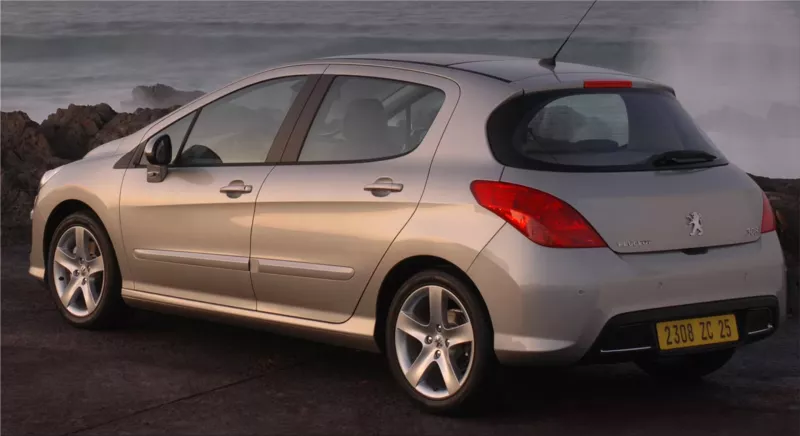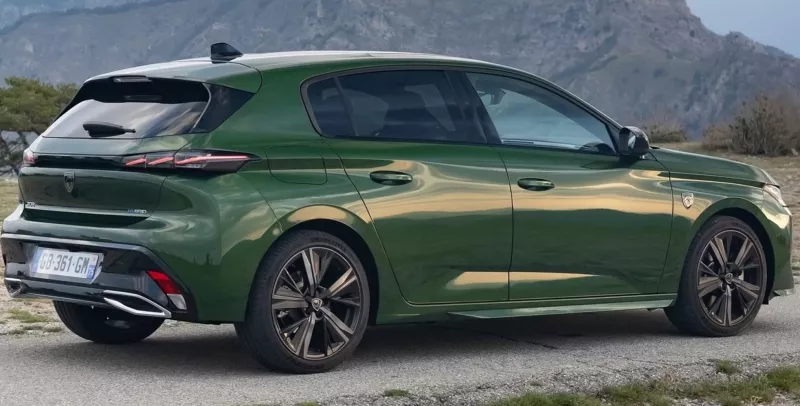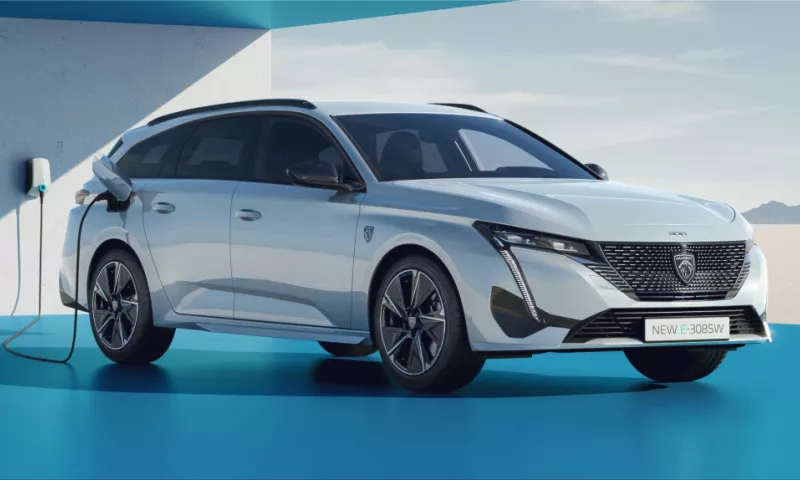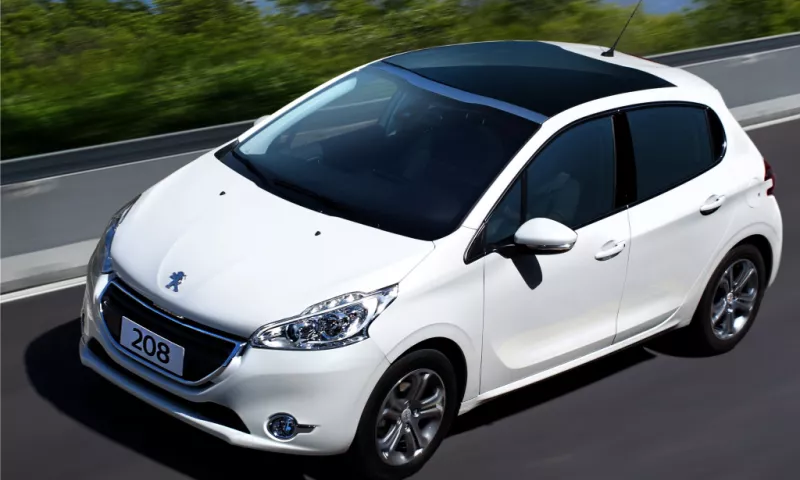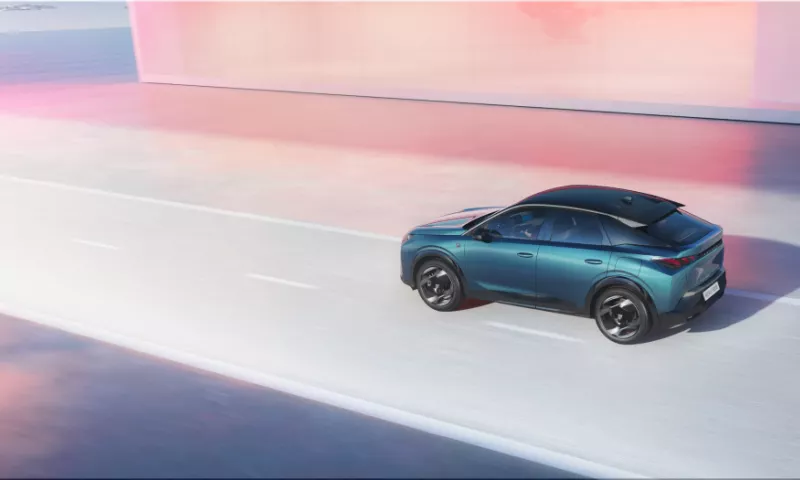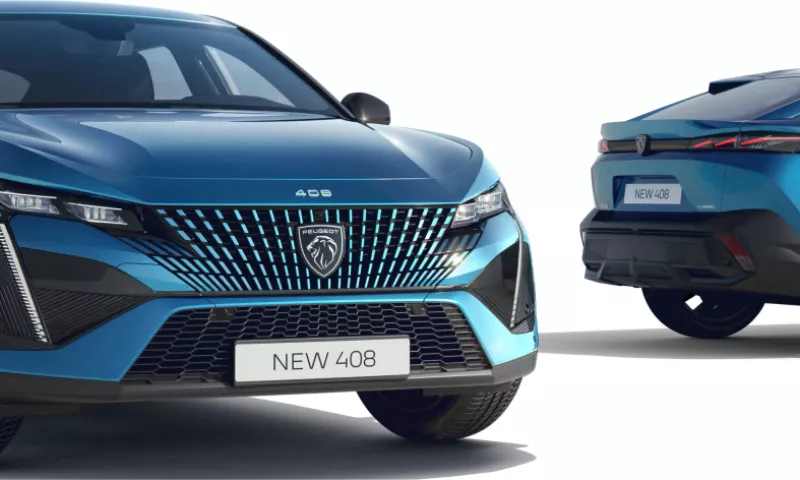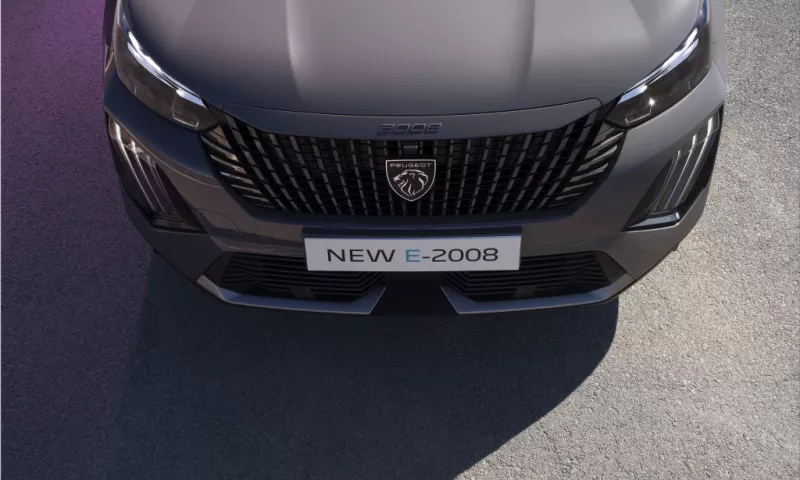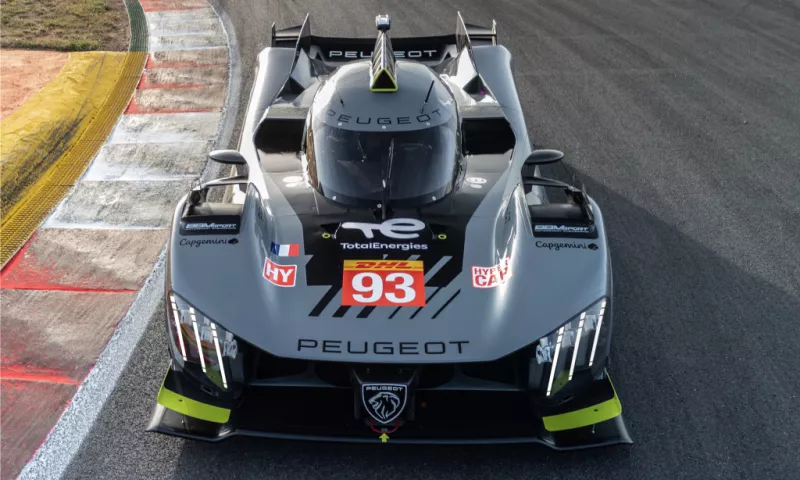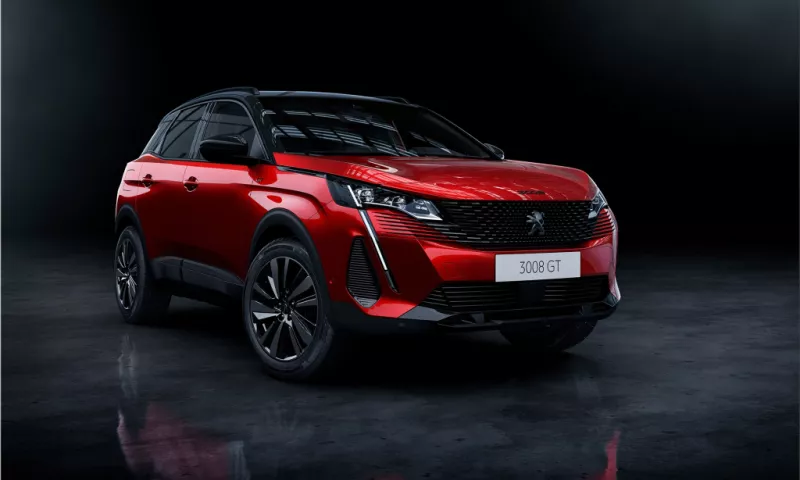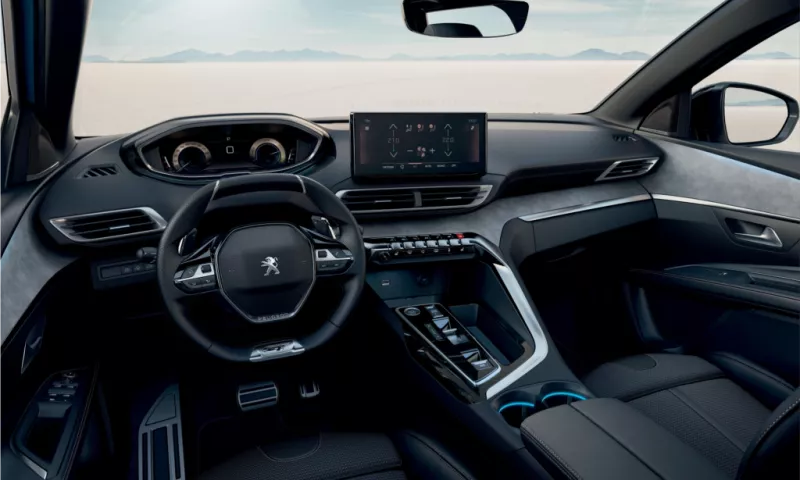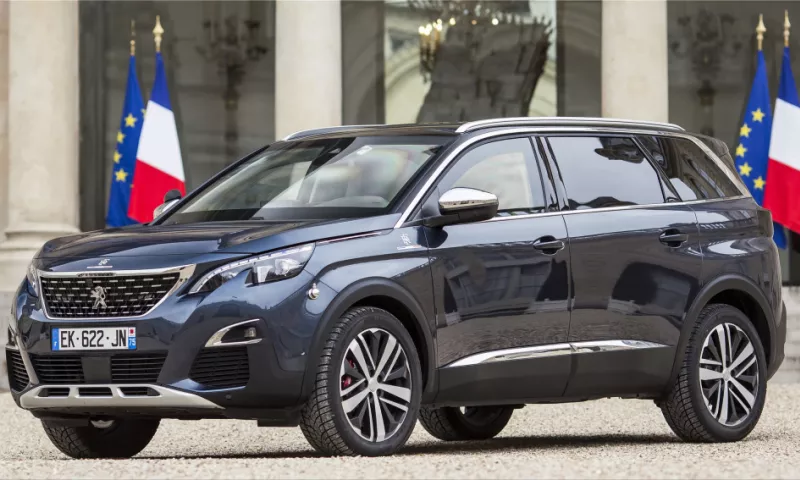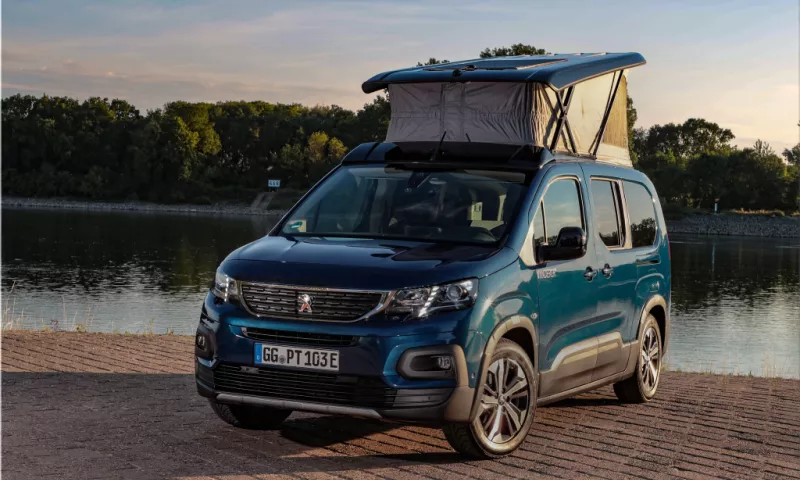Many companies experimented with many different product lines before settling on one that would become the cornerstone of their brand. For example, before expanding into the video game industry, Nintendo was originally a card manufacturer. Several other car manufacturers, Peugeot included, share this outlook.
Over 200 years have passed, and the Peugeot of today is vastly different from the original. Once upon a time, they produced steel, but now they make everything from bicycles to kitchen equipment, particularly pepper grinders. In 1890, they started switching to cars powered by internal combustion engines. Peugeot is now a significant player in Stellantis, and their vehicles are highly sought after. However, this does not discount the company's historic contributions to the auto industry. Their flagship 300 series, which is now in its 10th generation, has grown into a line of compact family cars that are hard to resist.
First introduced in 1932 with the Peugeot 301, the Peugeot 300 series is not to be confused with the modern 301, which was developed for evolving economies. Peugeot saw the need for a car that wasn't too expensive when the world was still trying to get back on its feet after the Great Depression.
There were several different body styles, including the standard sedan, a convertible, and a roadster. By the standards of the 1930s, the 301's sales of over 70,000 units made it a huge hit, which caused a sequel inevitable.
In 1936, the Peugeot 302 was introduced. When it was released, Peugeot's engineers were already seriously considering the potential benefits of aerodynamic design. The grille and headlights are now one integrated unit, making the front end look much sleeker.
The Sochaux spindle was the name for this phenomenon. Yes, spindle grilles were popular long before Lexus deemed their hip. Aerodynamically, the Peugeot 302 was capable of 60 miles per hour (100 km/h). Due to rising tensions and the impending start of World War II, the 302 was only in effect for a couple of years.
Almost 30 years passed before Peugeot unveiled their newest addition to the 300 series. They forgot to make a Peugeot 303 and introduced the world to the 304 in 1969. Though it shared DNA with the 204, the 304's primary functions were those of a sedan and a station wagon.
The Peugeot 304 was one of the few exported to North America, and its clever packaging made it a practical and comfortable family car. The Peugeot 304 was produced during the same era, making Peugeots famous for their durability and dependability. Actually, yes.
Peugeot introduced the 305, the next generation of the 300 series, in 1977. The 305 only came in two distinct body styles: a sedan and a station wagon. Even though it may not look like it now, it was a breakthrough when it was released.
The Peugeot 305's engine is mounted transversely, which was unusual in automobiles in the 1970s but is now the norm. Like the original Mini, this allowed Peugeot to maximize space within. The independent suspension at the rear was another game-changing innovation that is still used by the PSA Group today.
Peugeot skipped four numbers to get to 309 is a snag. The reason for this goes beyond the superficial; Peugeot and Talbot collaborated on the development of the 309, and as the first genuine hatchback of this size made by Peugeot, the name was chosen to set it apart from the rest of the lineup.
The preceding vehicles in the Peugeot 300 series were compact sedans, but the 309 was the first genuine hatchback. The Peugeot GTI version of the 309 was also released, and while not as beloved as the 205 GTI, it is still highly regarded by hot hatchback fans and Peugeot enthusiasts alike. Sales of the 309 totaled over 1.6 million throughout its production run.
The 306 followed the 309, which seemed to be named randomly, but by 1993, Peugeot was back to using their usual naming scheme. It was a decent little hatchback, and there was a pretty classy convertible, but the Peugeot 306 stood out because of its dedication to performance.
Peugeot entered the WRC with three different 306 models: the S16, the XSI, and the Maxi. The Maxi's 285 hp helped Giles Panizzi and Peugeot win the 1996 and 1997 titles, and it went on to dominate the asphalt races in those years.
In 2001, the Peugeot 300 family received a complete makeover and upgraded with the introduction of the 307. The lineup included a hatchback, station wagon, convertible, and sedan for the primarily Chinese market.
The convertible version of the Peugeot 307 is not a soft top but a folding hardtop. The Peugeot 307 was so well received that it was named 2002's Automobile of the Year. The 307 is not remembered with much fondness today, but what came after it was a significant improvement.
The Peugeot 308 replaced the 307 for the 2008 model year, and it was the Mark VI Volkswagen Golf to the Mark V.It was built on the same platform as the last generation, but it was a little bit bigger and had updated looks, engine options, and technology.
A second hardtop convertible variant of the original 308 was produced, as was the stylish but rare RCZ, which was created to compete with the Audi TT and the Mini Coupe. While the 308 wasn't the best in its class, it sold well and demonstrated that Peugeot was improving at making cars.
In 2013, Peugeot introduced the second-generation Peugeot 308, one of the first models to feature many new design and technological features for the brand. Like the Peugeot 208 that came out a little before it, the Peugeot 308 featured a completely new design language, interior design, and an increased emphasis on quality and finesse.
The Peugeot 308 II, thanks mainly to these upgrades, became a sales phenomenon for Peugeot. Its eight years on the market were spent in valiant service, during which other Peugeot models made even more significant advancements. Even a Peugeot 308 GTI variant was available.
Today, we have the brand-new Peugeot 308 of the third generation. The new Peugeot 308 ushers in a new era for Peugeot, much like its predecessors have done and is accompanied by the company's new logo.
French automaker Peugeot is putting all of its chips on the table with the launch of the new Peugeot 308 in the compact car market. It's looking great so far, and we'd love to test drive one. Or, indeed, any of the fantastic relatives of the Peugeot 300 series.

